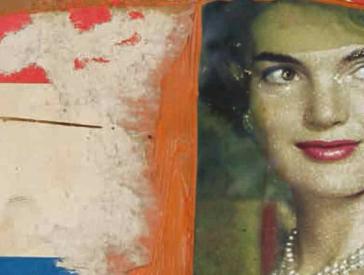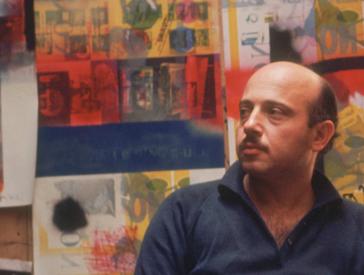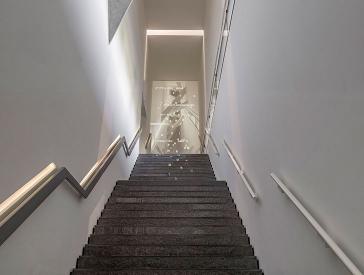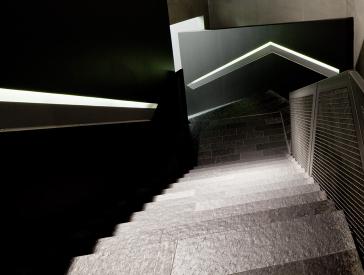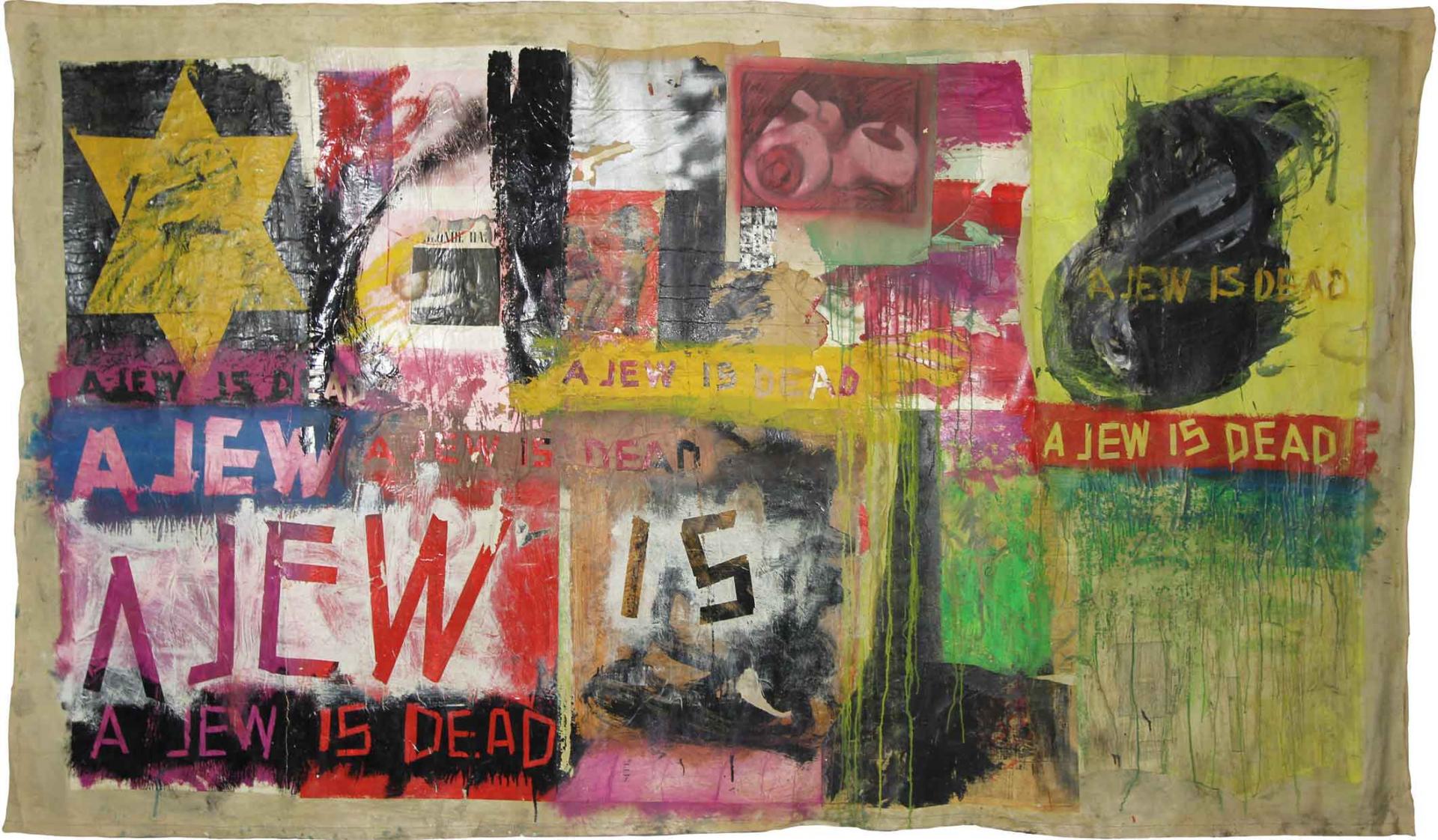
No Compromises!
The Art of Boris Lurie
Lurie was an artist who demanded political relevance from art and the art market. His much-discussed and controversial works accused society of shirking coming to terms with its crimes against humanity by packaging evidence of them between advertising and everyday banalities.
The Jewish Museum Berlin presented a large retrospective of Boris Lurie, opening on 20 February 2016.
His collages confronted the viewer with society’s dubious attitude toward the Holocaust, provoking “horror and fascination” (in the words of Volkhard Knigge). Lurie's work reveals disgust toward a humanity that proved itself capable of exiling and murdering millions as well as revulsion against a self-satisfied art market more interested in financial profit than in artistic expression.
His drawings, however, strike a different tone. In his 1946 War Series, Lurie made an initial inventory of his own experience of persecution and camp imprisonment during the Nazi regime, while his Dancehall Series of the 1950s and 1960s depicts poetic images of his time.
The following picture gallery provides an overview of the various groups of Boris Lurie's works that were shown in our retrospective:
From the gallery opening on 25, February 2016: A greeting (in German) from Cilly Kugelmann, Program Director of the museum, and remarks about the exhibition (in English) from Anthony Williams, Boris Lurie Art Foundation; Jewish Museum Berlin
An Exhibition Tour in Pictures
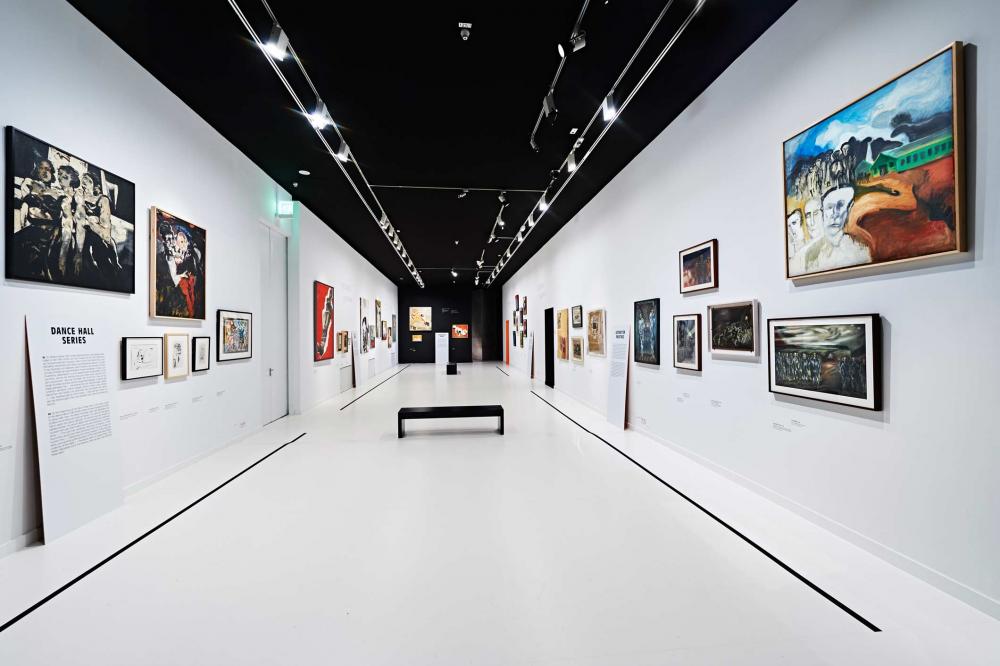
Interior view of the first room in the exhibition with works of the Dance Hall Series, the Saturation paintings and the Love Series.
Jewish Museum Berlin, photo: Yves Sucksdorff
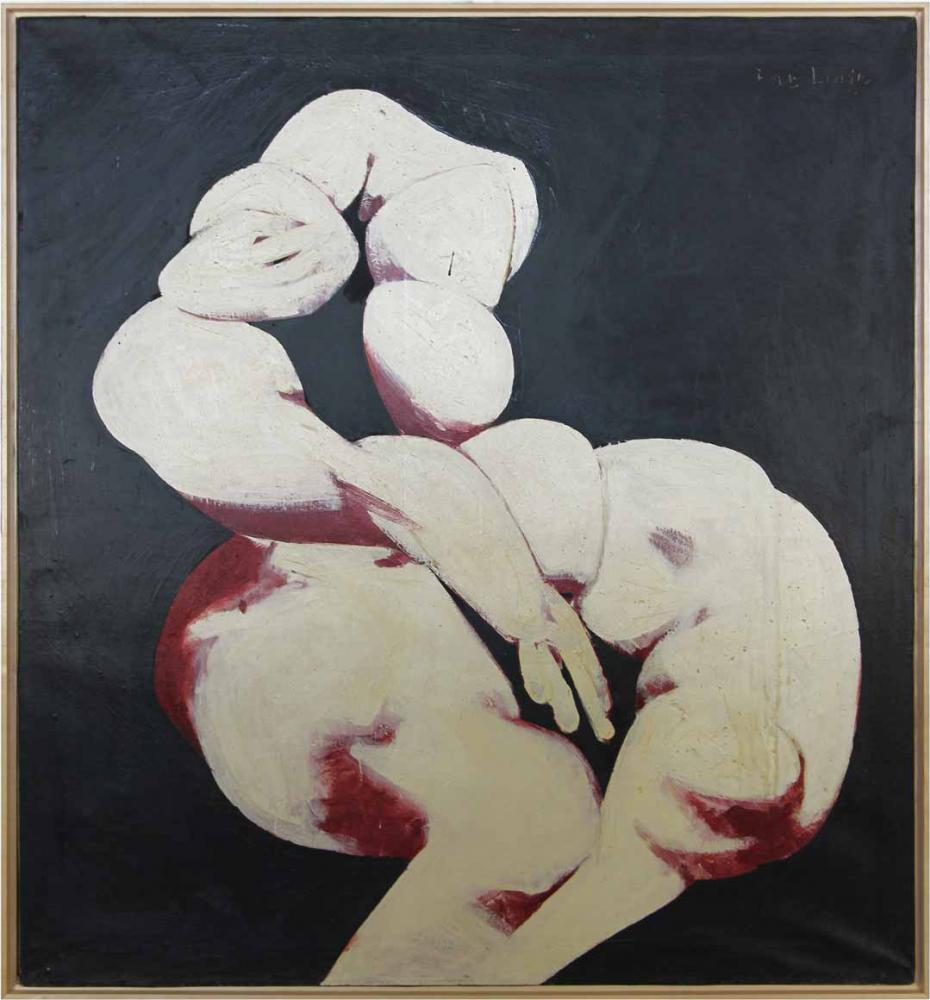
Dismembered Stripper
The obsessive preoccupation with the female body permeates all of Boris Lurie’s creative works. Dismembered Woman, predominantly created in the 1950s, signifies Lurie’s “reaction to New York and America. Fat and fragmented women. Fat yet still fragmented. All of that after the hunger and war in Europe.”
Boris Lurie, Dismembered Stripper, oil on canvas, 1956; Boris Lurie Art Foundation, New York, USA
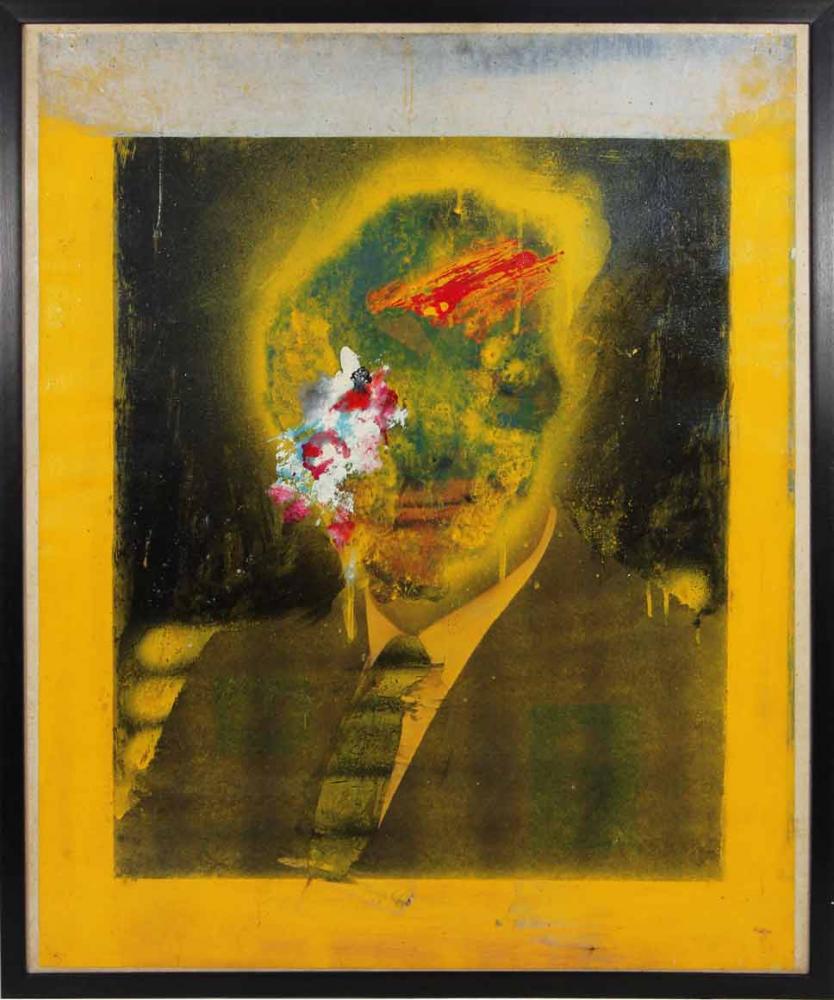
Altered Portrait (Cabot Lodge)
For his 1963 series Altered Portraits, Lurie used an election poster for politician Henry Cabot Lodge, who, as the ambassador to Vietnam, was involved in a CIA conspiracy against the Vietnamese president, Jean-Baptiste Ngô Đình Diệm. Here, Lurie denounces the indifference and lack of character of modern politicians.
Boris Lurie, Altered Portrait (Cabot Lodge), Collage: oil and paper on canvas, 1963; Boris Lurie Art Foundation, New York, USA
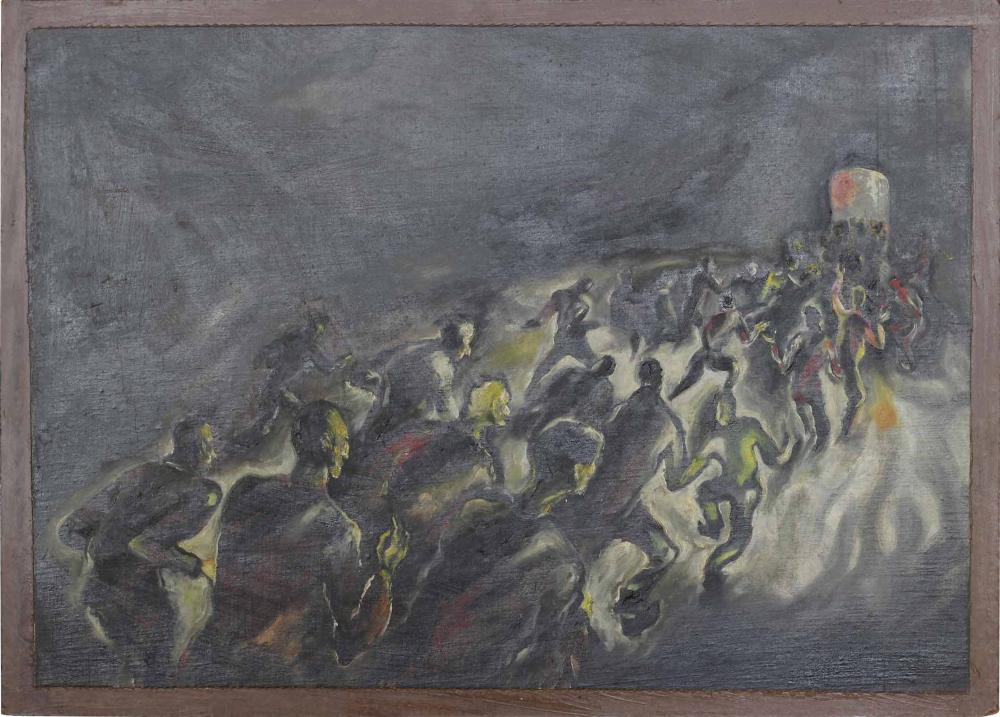
Back From Work – Prison Entrance
This painting created in 1946/47 belongs to the countless works in which Lurie dealt artistically with his experiences in concentration camps. Lurie's collages from the 1960s, in which he confronted historical photographs with pin-ups, rank among his Saturation Paintings.
Boris Lurie, Back From Work – Prison Entrance, oil on canvas on fiberboard, 1946/47; Boris Lurie Art Foundation, New York, USA
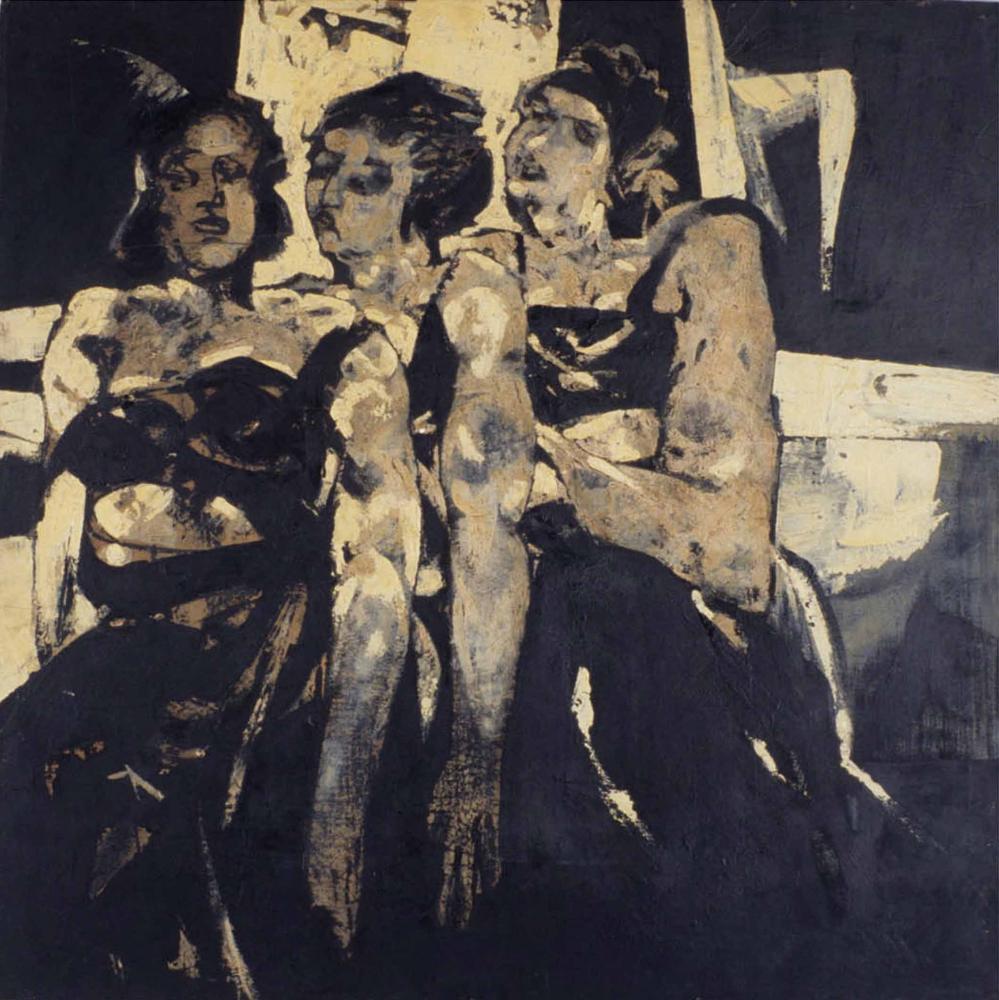
Three Women
At the beginning of his time in New York, Lurie frequently visited dancehalls on 14th Street, where women offerred themselves to men as dance partners for 50 cents. After a visit together, his friend, Beat-poet Jack Micheline, reported: “He came to the dance hall to watch the dance hall girls. He came to see the thighs of painted women.” But not just that ...
Boris Lurie, Three Women, Collage: oil on fiberboard on canvas, 1955; Boris Lurie Art Foundation, New York, USA
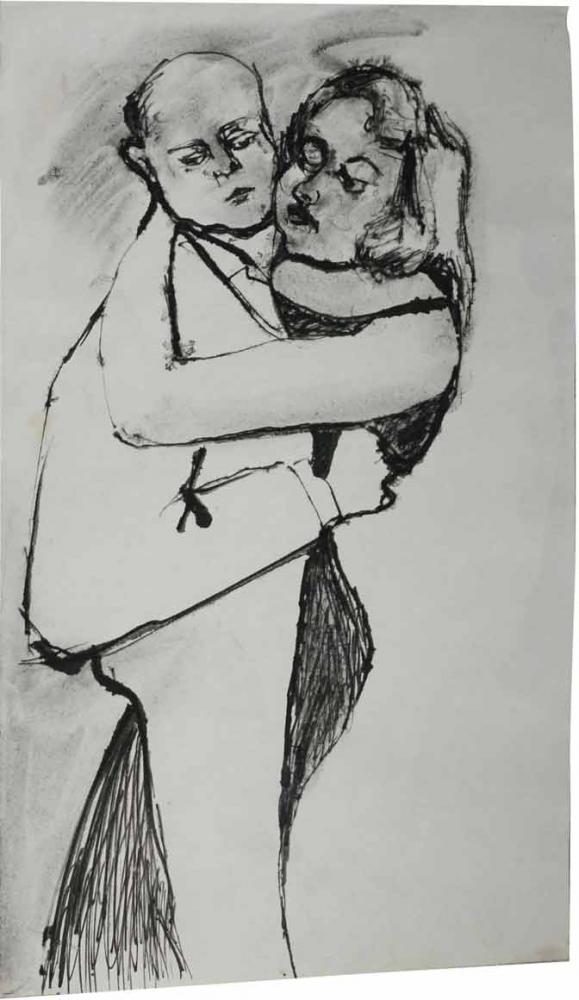
Dance Hall Series 11
Beat-Poet Jack Micheline reports further about Lurie’s visits to New York dance halls: “He came to sketch the frustrated, torn, deprived outcasts who get their thrills in touch and closeness of a warm body. […] This was their racetrack, their skin of dreams. A few hours they would lose their loneliness that the city makes of hunted men. […] Observing the frantic passion of the evening Boris Lurie sat among this humanity of the cities sketching these creatures of the night. […] The dance hall is no longer there. The ‘Series’ still stands out in my memory, fresh as ever now, after all these years.”
Boris Lurie, Dance Hall Series 11, pencil and India ink on paper, 1963–67; Private collection, New York
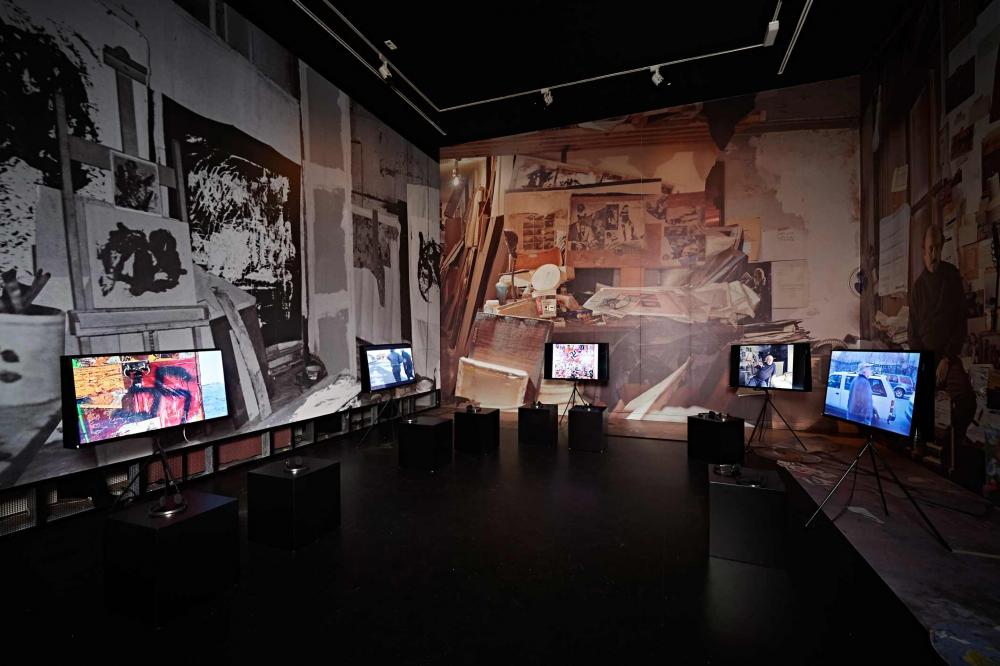
In the Media Room, which was modelled after Boris Lurie's studio, five documentary films about the artist and his methods were shown; Jewish Museum Berlin, Photo: Yves Sucksdorff
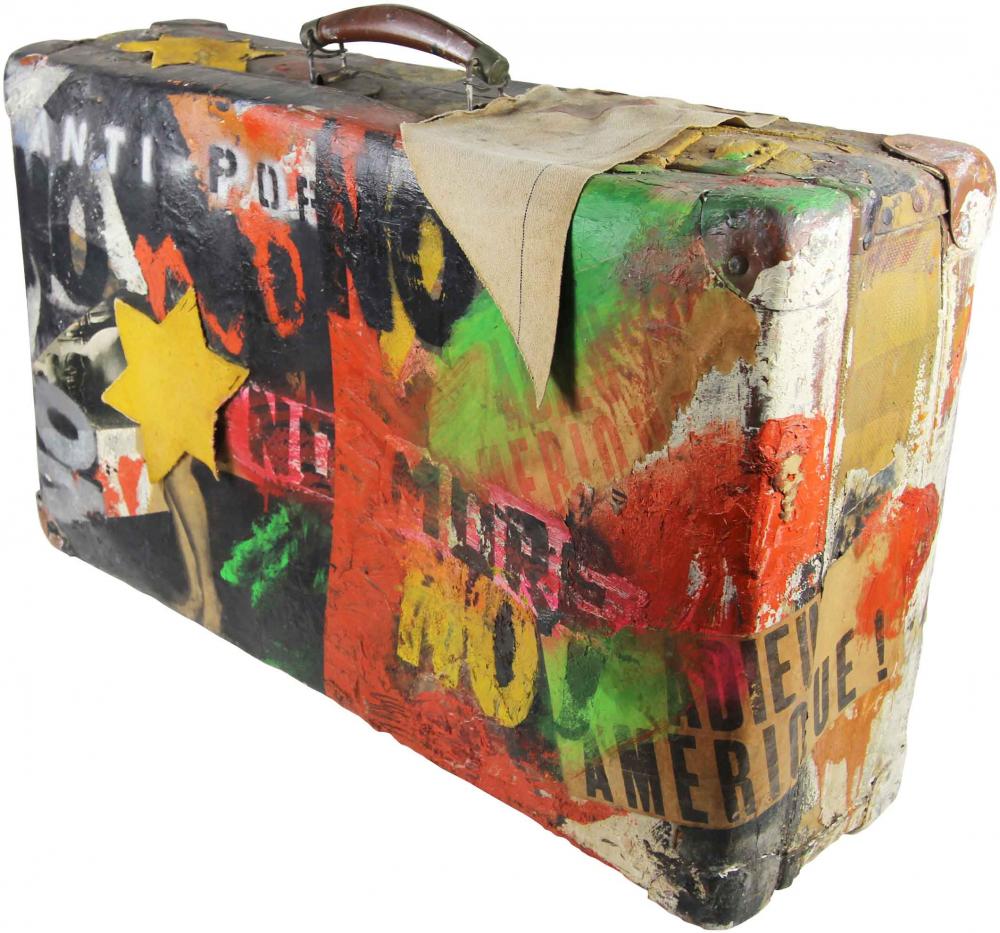
Suitcase
The Star of David is a recurring element in Lurie’s works and emerges in all possible forms: cast in concrete, scratched or painted onto the canvas, stuck on, sewed, and burned into the screen.
Boris Lurie, Suitcase, Assemblage: oil and paper on a leather suitcase, 1964; Boris Lurie Art Foundation, New York, USA
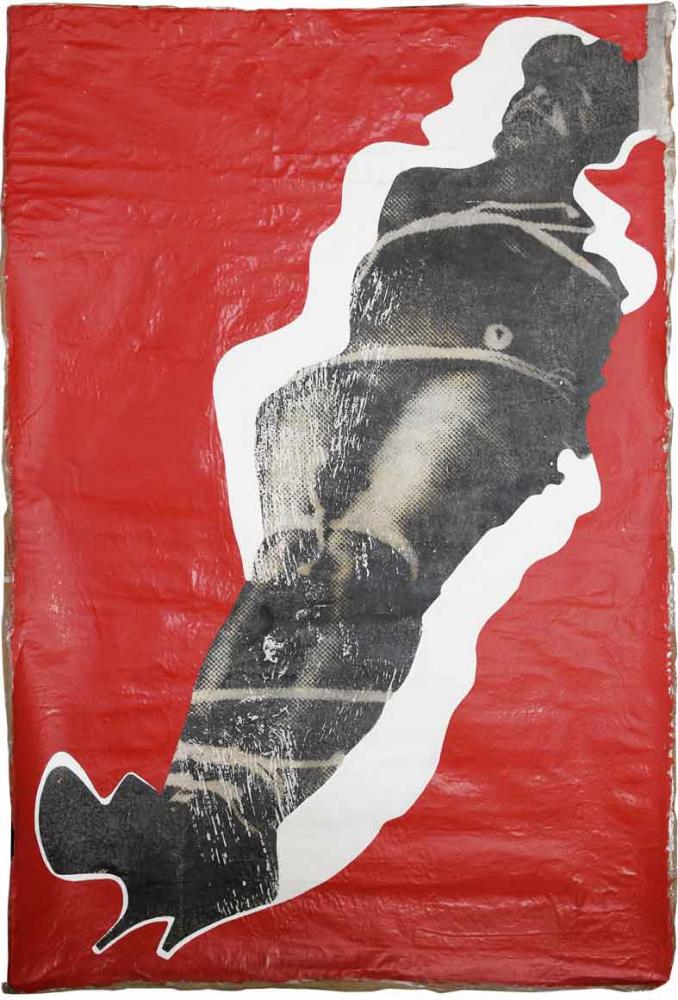
Love Series: Bound On Red Background
In this series of pictures, Lurie grapples with bodily constraint, submission, and torture as well as the correlation of voyeurism and commercialization of eroticism.
Boris Lurie, Love Series: Bound On Red Background, Collage: Phototransfer and paint on canvas, 1962; Boris Lurie Art Foundation, New York, USA
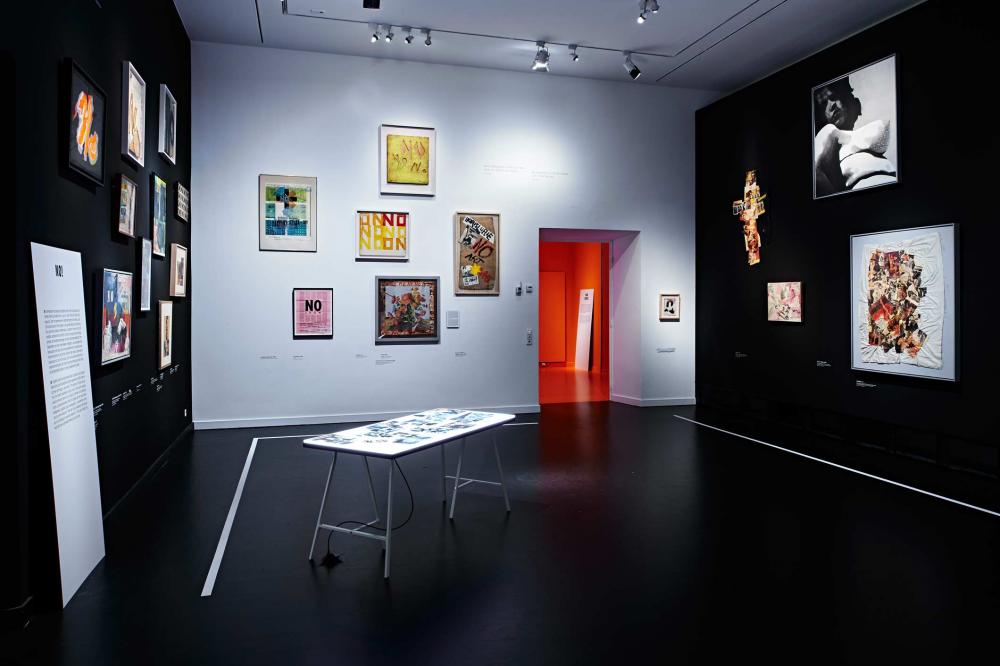
A view into the exhibition room with the works from the No- and the Pin-up-Series; Jewish Museum Berlin, Photo: Yves Sucksdorff
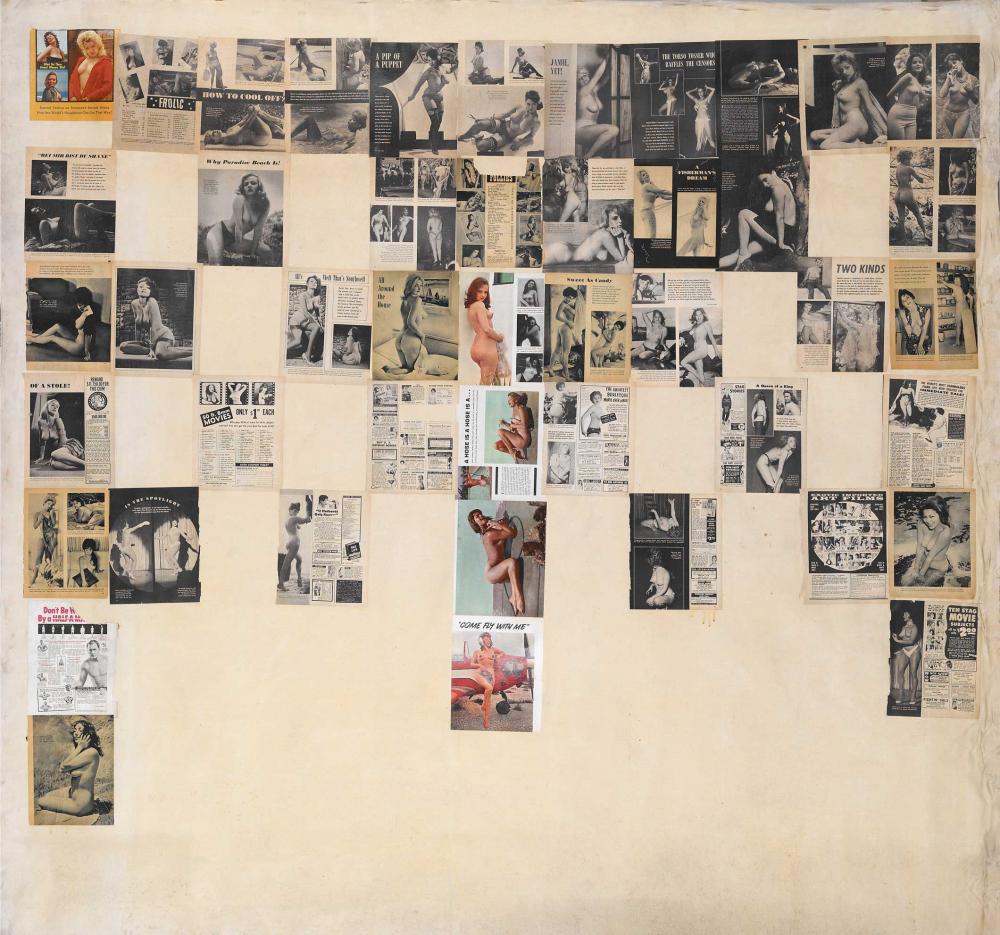
Large Pinup #4
Lurie's studio was extensively draped with newspaper clippings of half-naked women. He claimed that that's how his Pin-up Series began, that snippets accidentally fell down onto the canvas. In a 1975 essay, he wrote about “the culture, whose truth revealed itself in pornography: hard, ugly, dirty, and disgusting.”
Boris Lurie, Large Pinup #4, Collage: photography on canvas, 1960–70; Boris Lurie Art Foundation, New York, USA
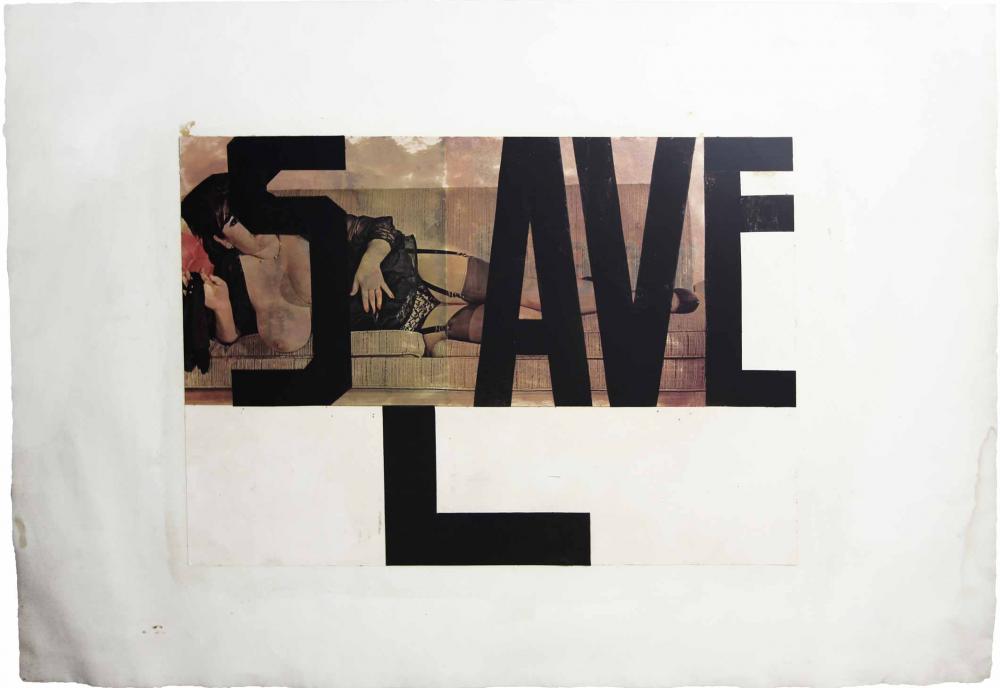
SLAVE
This work from 1972 belongs to the series Hard Writings, which came about between the end of the 1960s and the beginning of the 1970s. Lurie painted words that invoke different possible meanings over historic photographs, pictures from contemporary photojournalism, or pictures from men’s magazines.
Boris Lurie, SLAVE, Collage: Tape and colored lacquer on paper, 1972; Boris Lurie Art Foundation, New York, USA
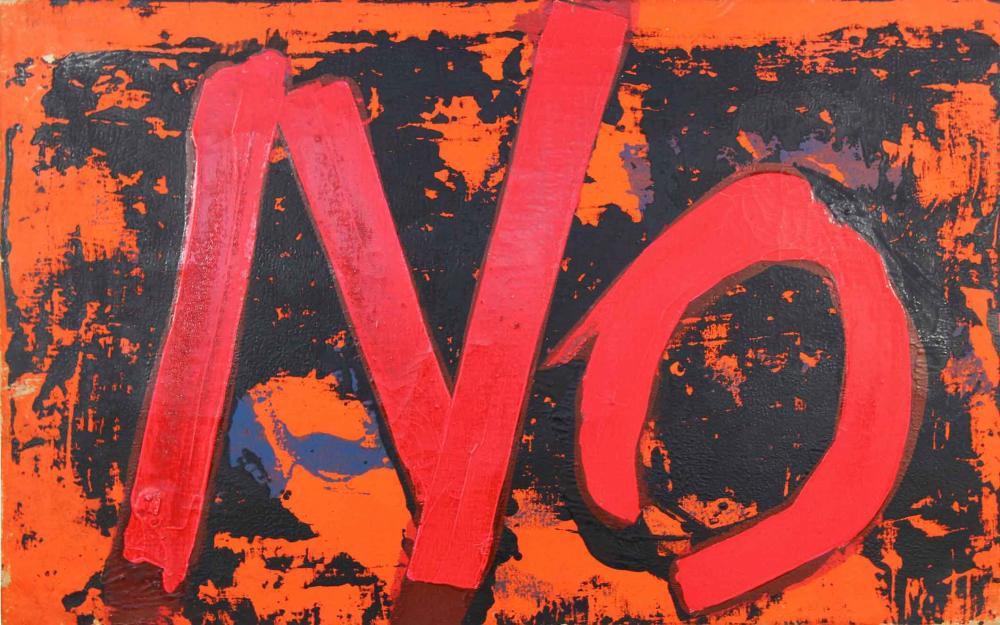
No (Red and Black)
Together with his artist friends Sam Goodman and Stanley Fisher, Boris Lurie founded the NO!art Movement in 1959. The NO! became a dominating motif in Lurie's artistic work in the beginning of the 1960s.
Boris Lurie, No (Red and Black), oil on canvas, 1963; Boris Lurie Art Foundation, New York, USA
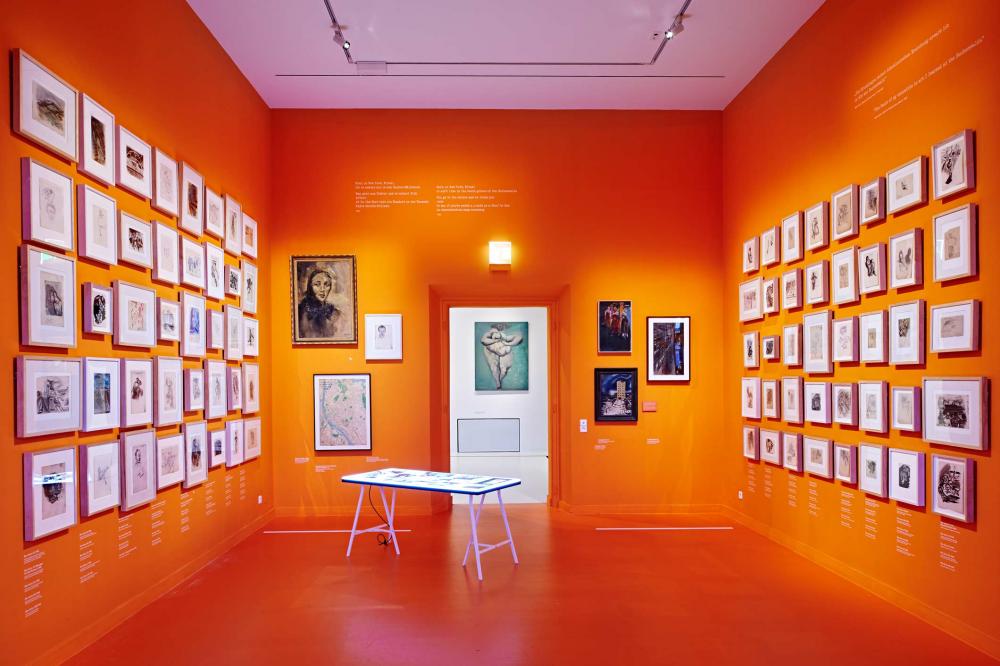
A view into the exhibition room devoted to Lurie’s family and his War Series; Jewish Museum Berlin, Photo: Yves Sucksdorff
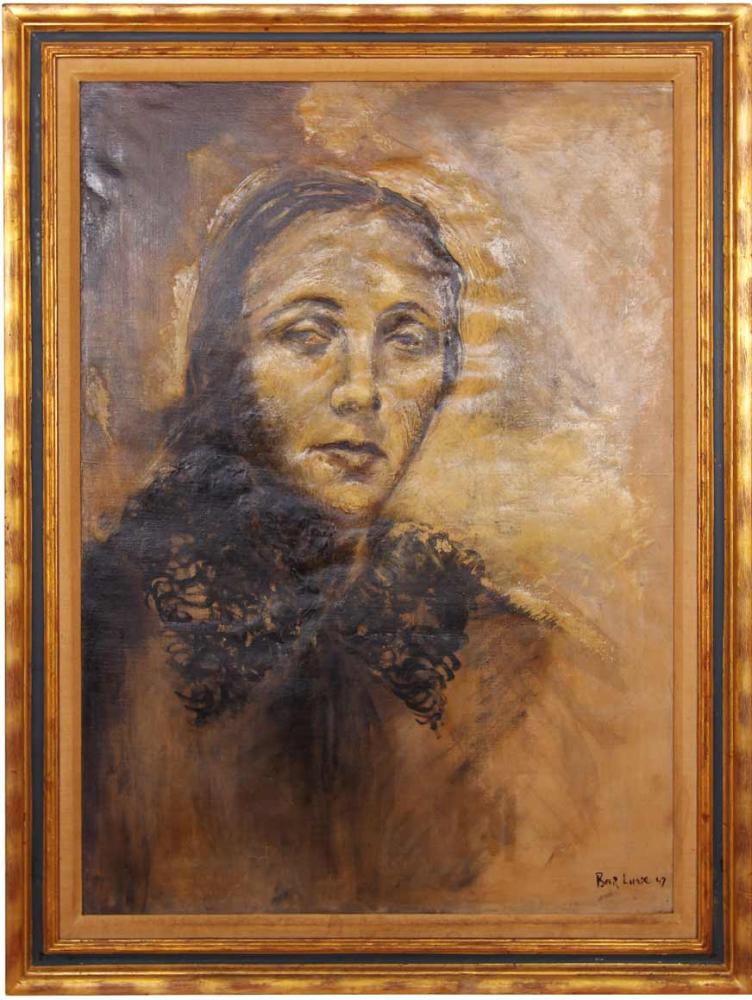
Portrait Of My Mother Before Shooting
During his four year imprisonment in a concentrartion camp, Lurie managed to save a folder of family photos that he had taken from the abandoned Riga apartment. Between papers, newspaper clippings, and slips of paper, this portrait of his mother, which he painted from memory shortly after his arrival in New York, hung on the walls of his New York apartment.
Boris Lurie, Portrait Of My Mother Before Shooting, oil on canvas, 1947; Boris Lurie Art Foundation, New York, USA
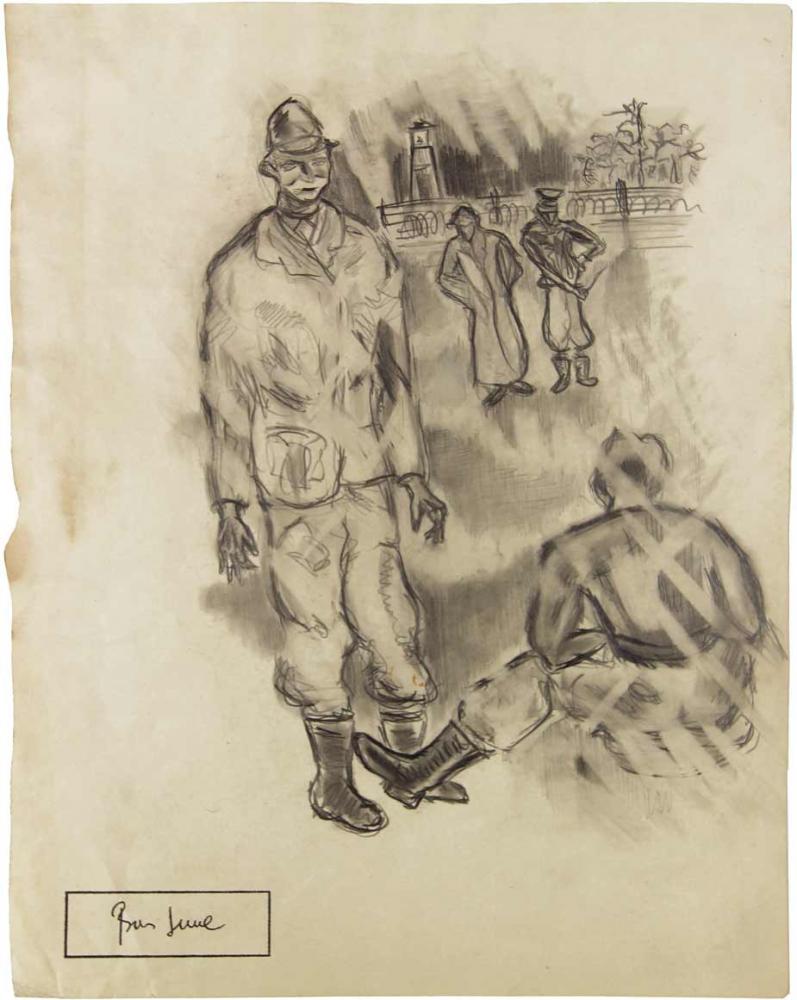
War Series 65
After his arrival in New York in June of 1946, Lurie began a series of drawings, India ink work, and small watercolors, through which the 22 year old secured the memory of his journey through ghettos, work and concentration camps, and the time after his direct release.
Boris Lurie, War Series 65, Graphite, partly smudged, on paper, 1946; Boris Lurie Art Foundation, New York, USA
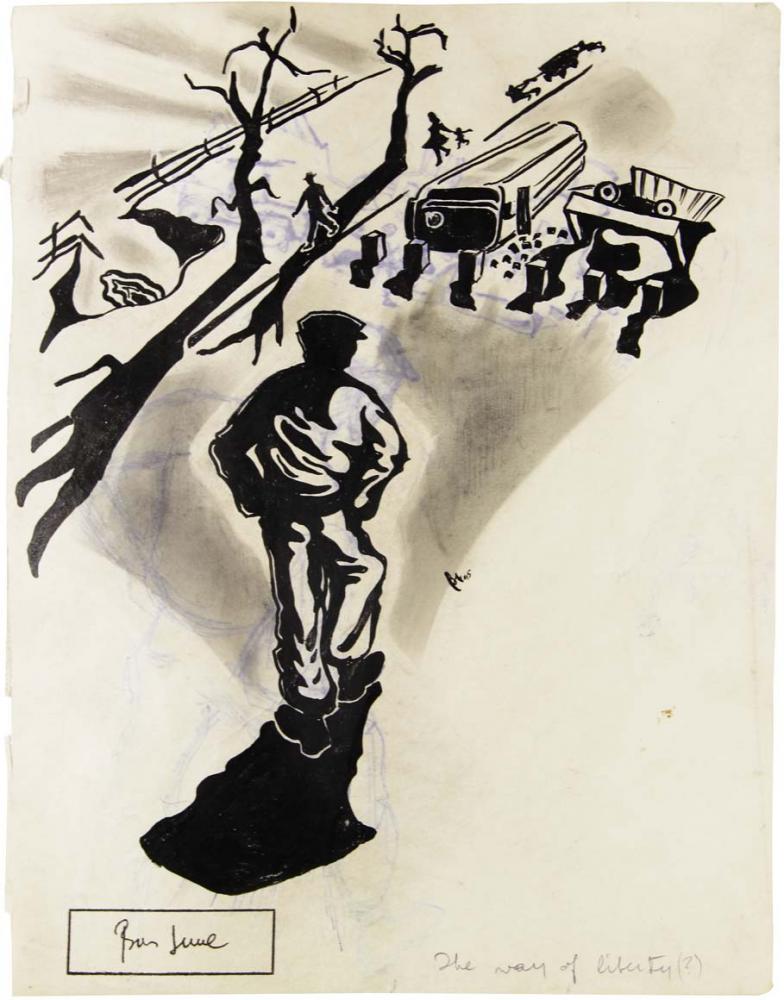
War Series 67 (The Way Of Liberty?)
This India ink drawing also belongs to the series of works in which Lurie secured his memories of the Holocaust and the time after his release.
Boris Lurie, War Series 67 (The Way Of Liberty?), India ink on paper, 1946; Boris Lurie Art Foundation, New York, USA
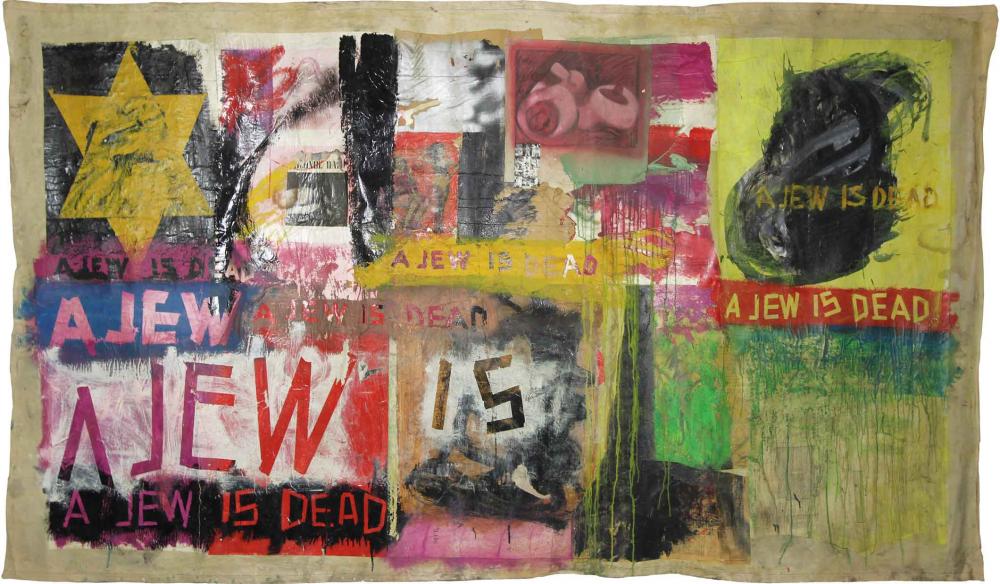
A Jew is dead
At the end of the 1950s, Lurie was on the verge of turning his back on New York to settle down in Italy or France. After the end of a ten-year relationship, he could not persist any longer in a land whose society and politics he confronted with increasing loathing. His word-picture-collages from the series Adieu Amerique strike a balance.
Boris Lurie, A Jew is dead, Collage: Oil, paper and tape on canvas, 180x312 cm, 1964; Boris Lurie Art Foundation, New York, USA
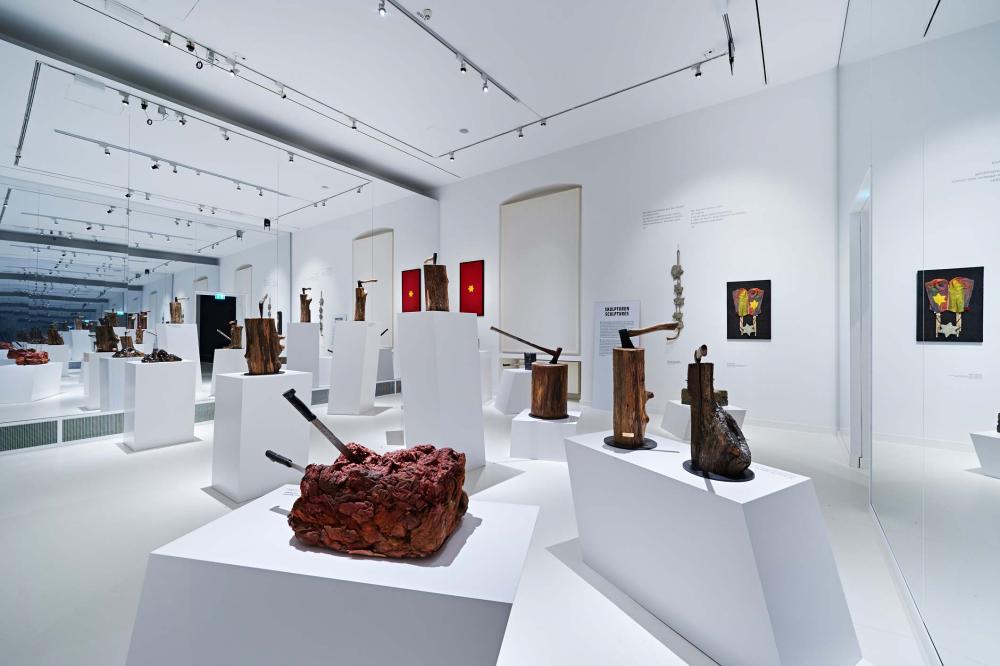
The exhibition also shows different sculptures by Lurie from the Axt Series. As early as 1964 he had exhibited shit sculptures in the NO!Sculpture Show to show the New York art scene what he thought of it. His series Knives in Cement from the early 1970s made reference, with the immobility and impracticality of machetes, to the end of all revolutionary momentum in Cuba; Jewish Museum Berlin, Photo: Yves Sucksdorff.
Lurie’s Life
Boris Lurie was born in 1924 to a Jewish family in Leningrad, grew up in Riga, and with his father survived the Stutthof and Buchenwald concentration camps. His mother, grandmother, younger sister, and childhood sweetheart were murdered in 1941 in a mass shooting. These experiences left a lasting impression on Boris Lurie’s life.
In 1946, he immigrated to New York. In 1959, he founded the NO!art movement with a group of artist friends set against Abstract Expressionism and Pop Art, but especially opposed to the economization of art and devoted to political issues such as racism, sexism, and consumerism.
Boris Lurie died in New York on 7 January 2008.
Supporters
The exhibition is organized in cooperation and with the generous support of the Boris Lurie Art Foundation in New York.
Exhibition Information at a Glance
- When 26 Feb to 31 Jul 2016
- Where Old Building, level 1
Lindenstraße 9-14, 10969 Berlin
See Location on Map
No Compromises! The Art of Boris Lurie
Download (PDF / 19.44 MB / in English / not accessible)We thank our media partners



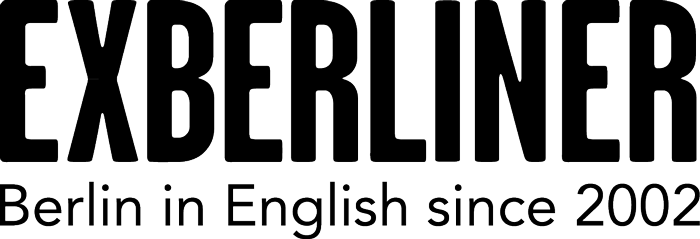
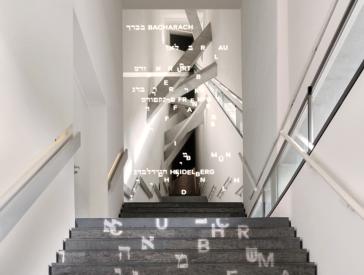
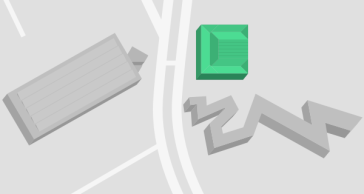
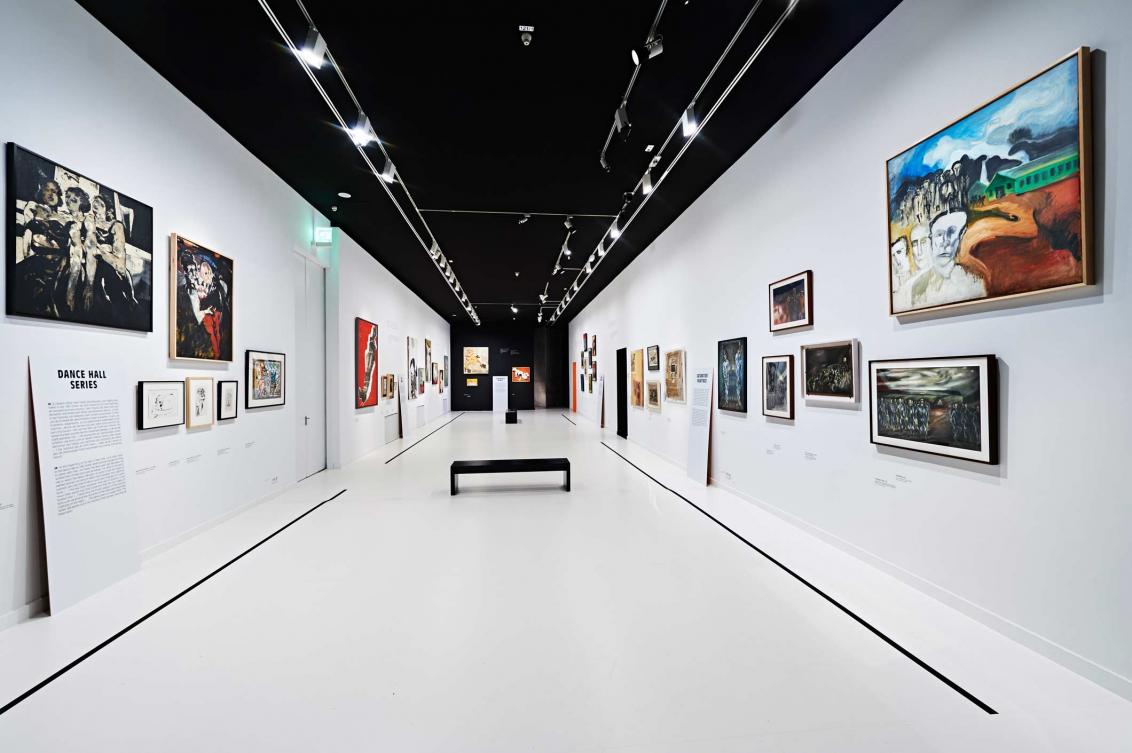
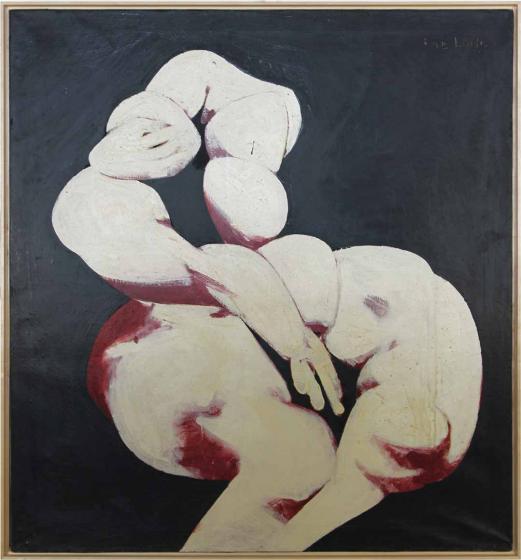
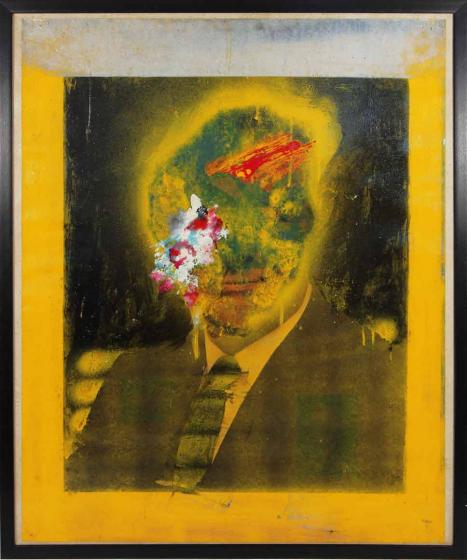
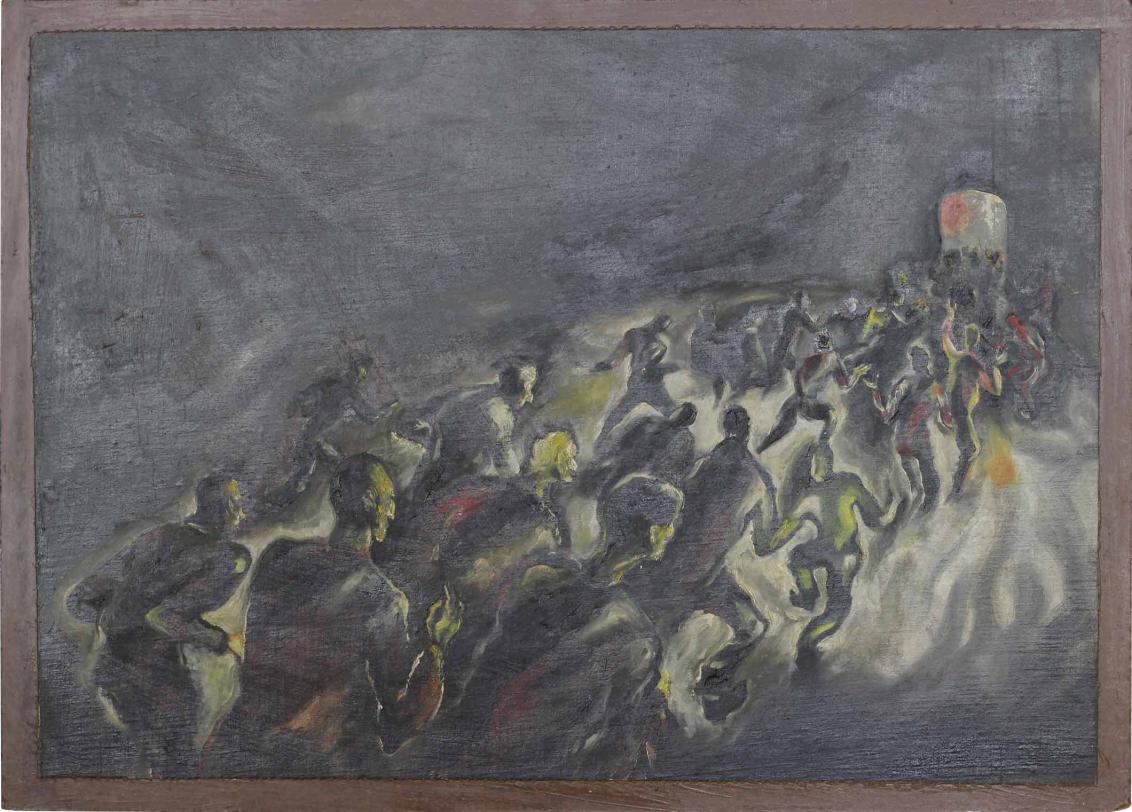
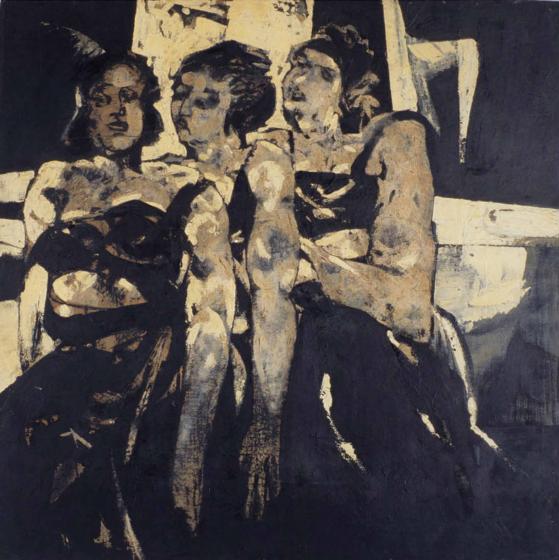
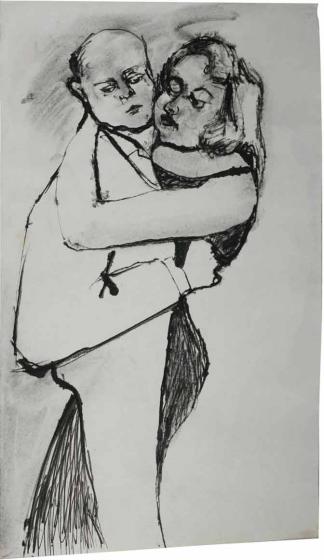
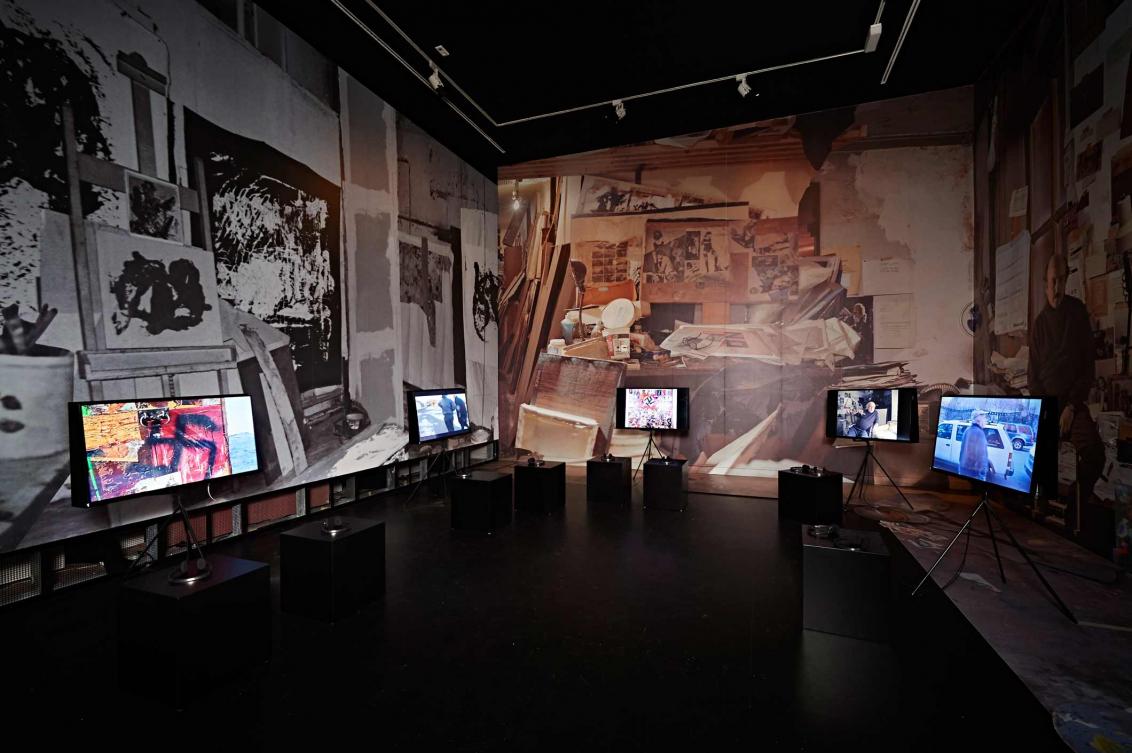
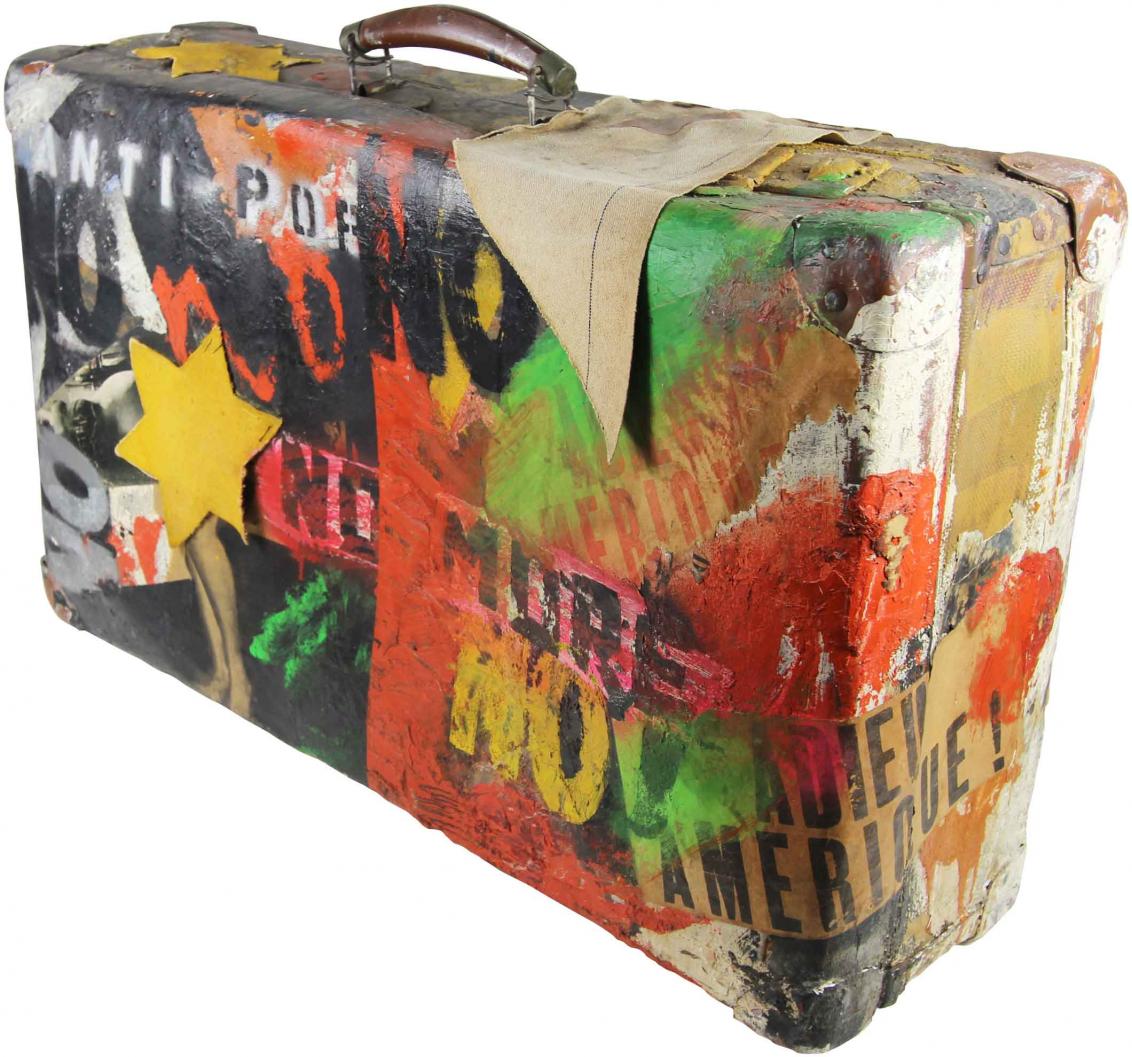
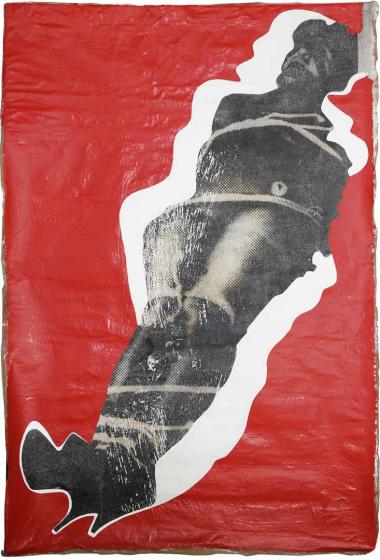
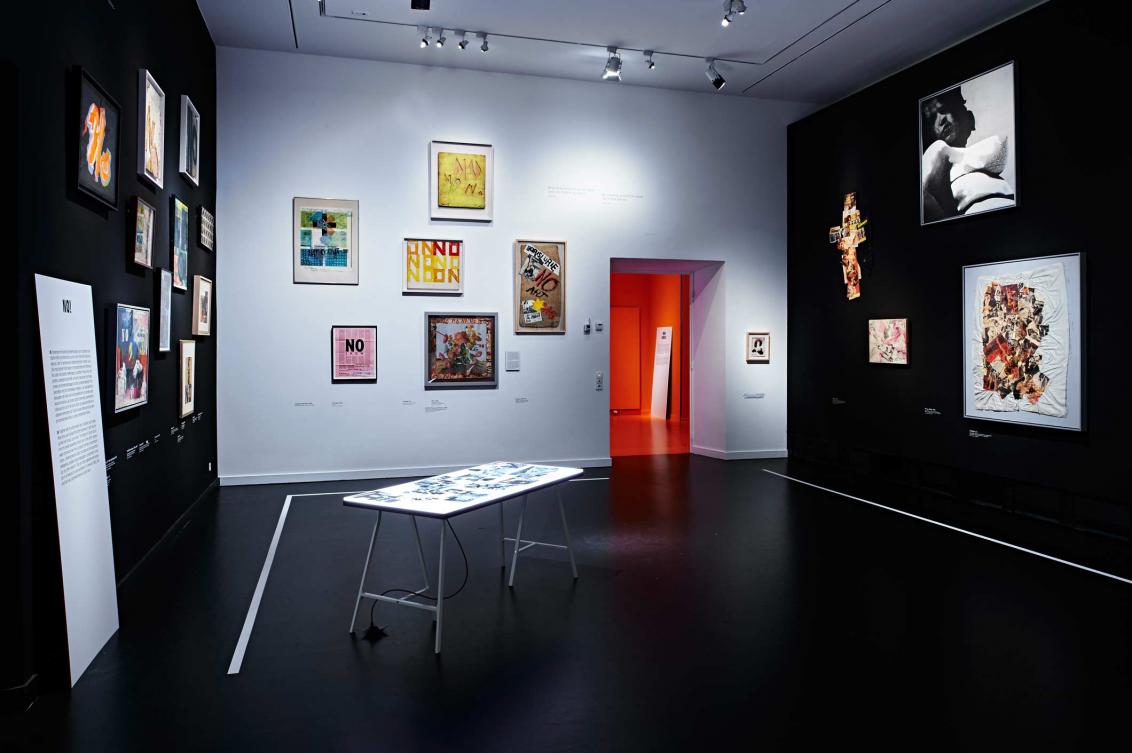
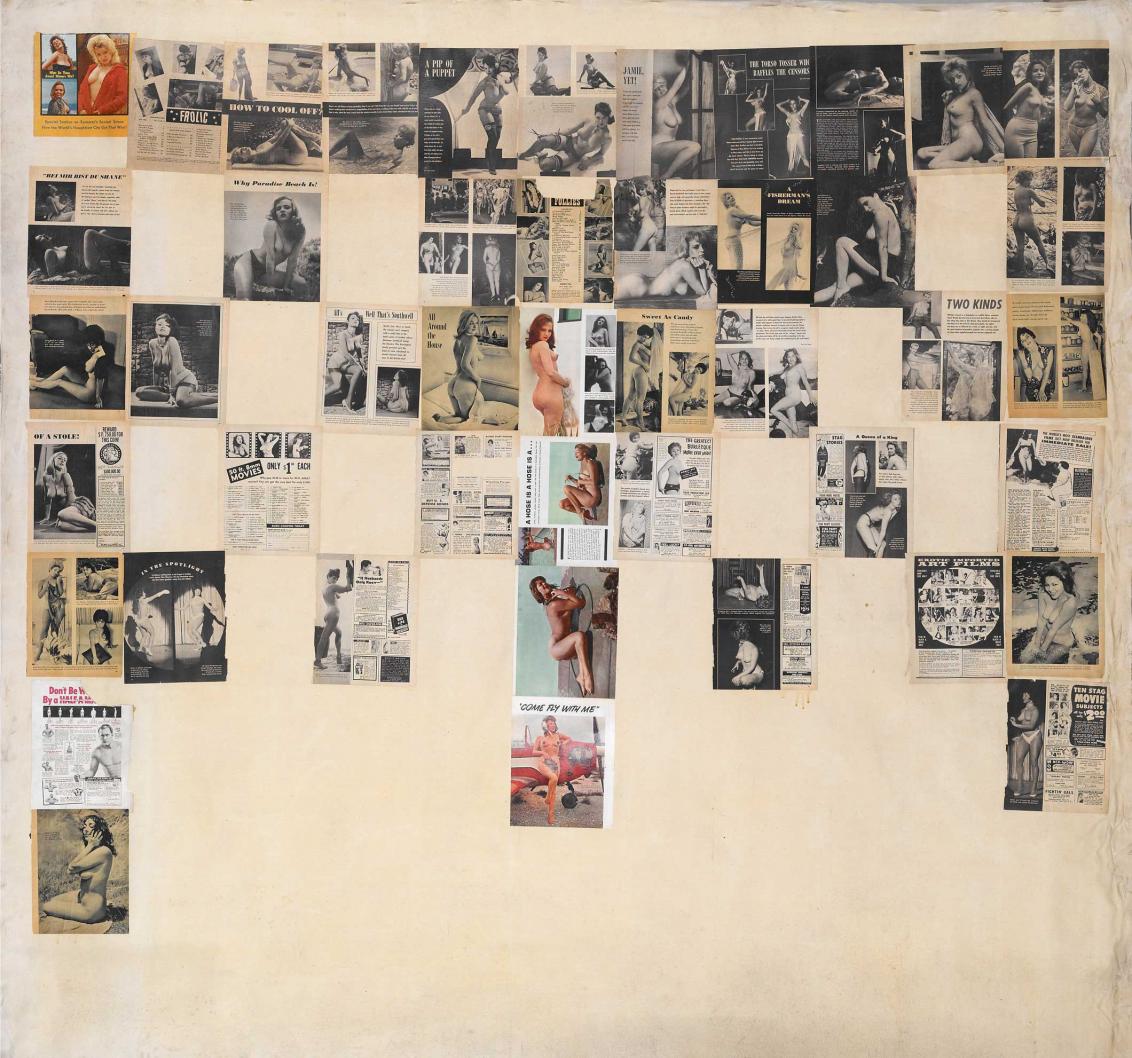
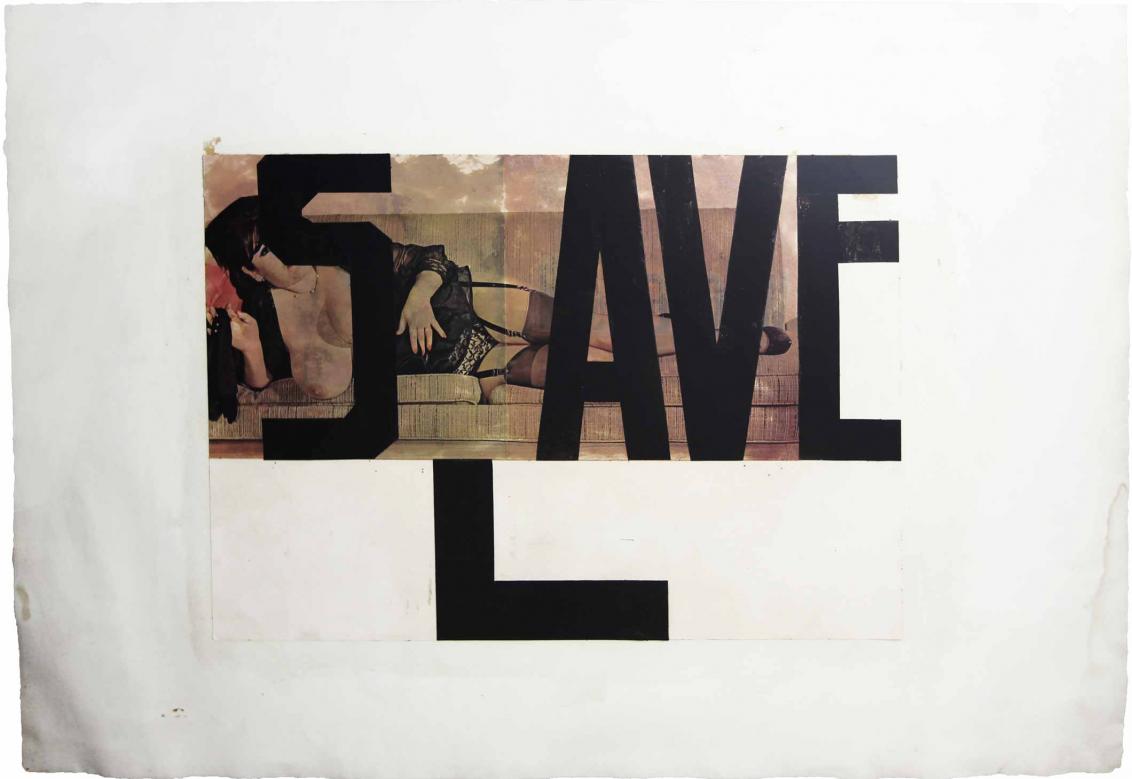
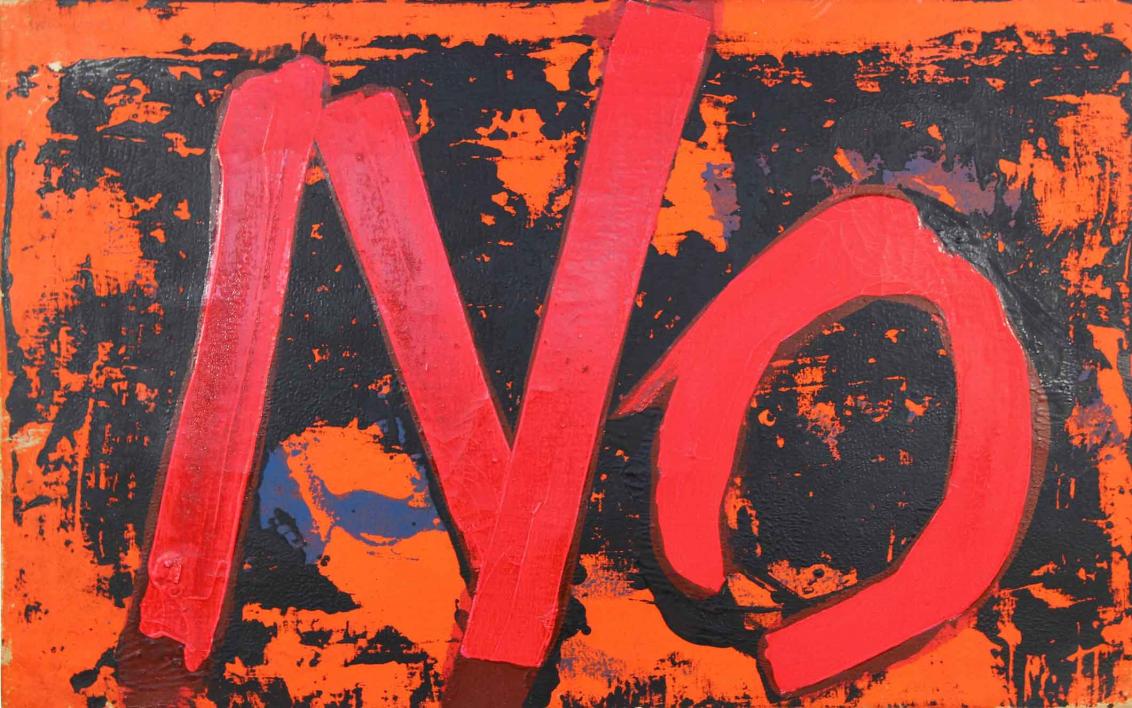
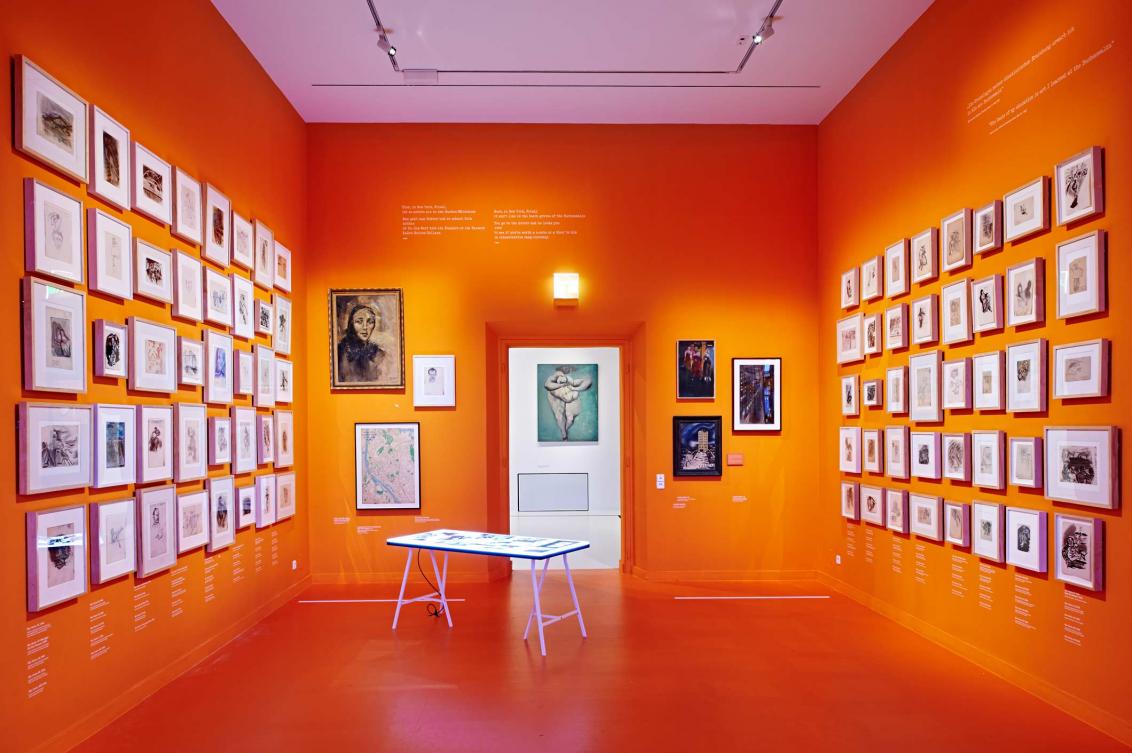
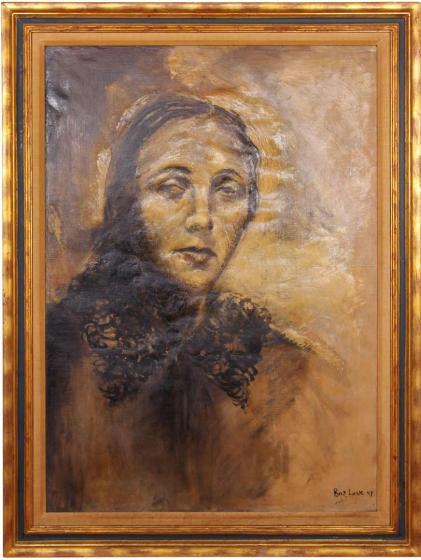
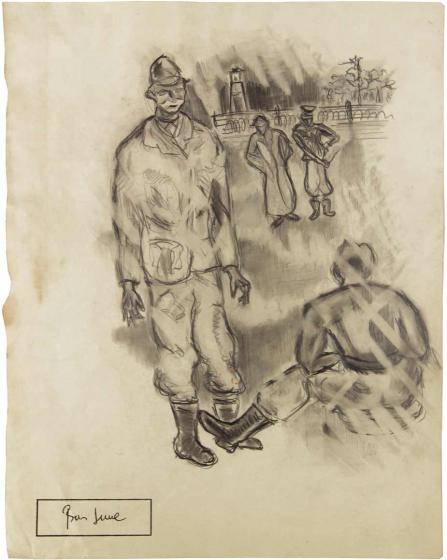
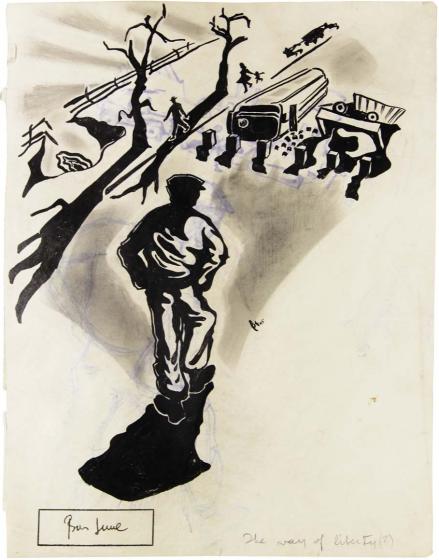
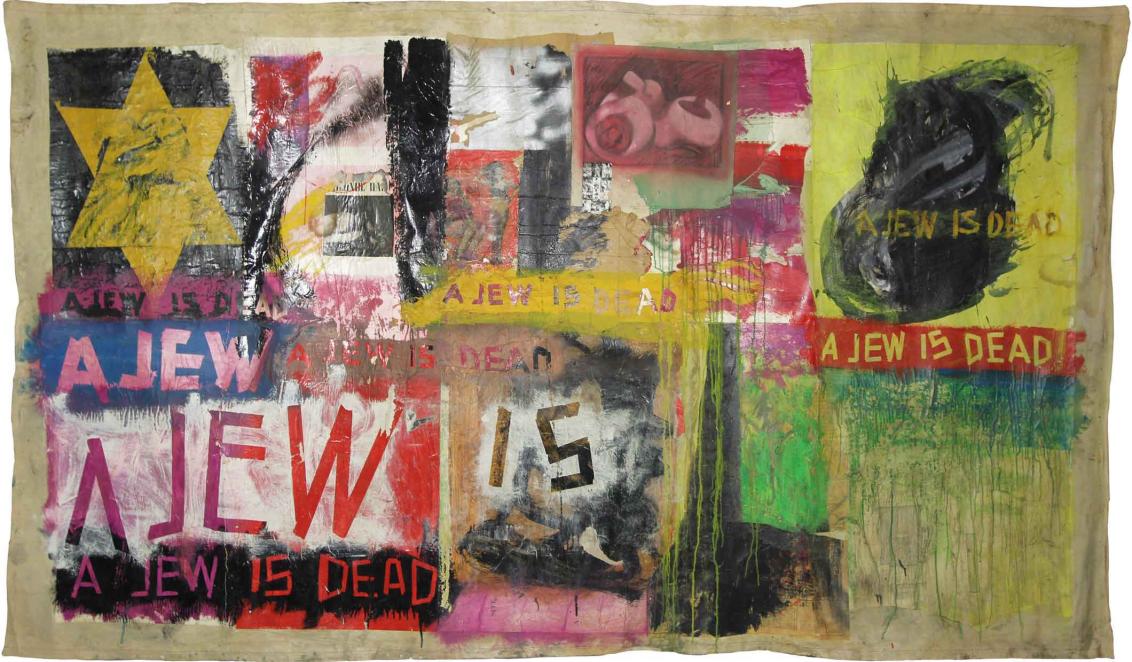
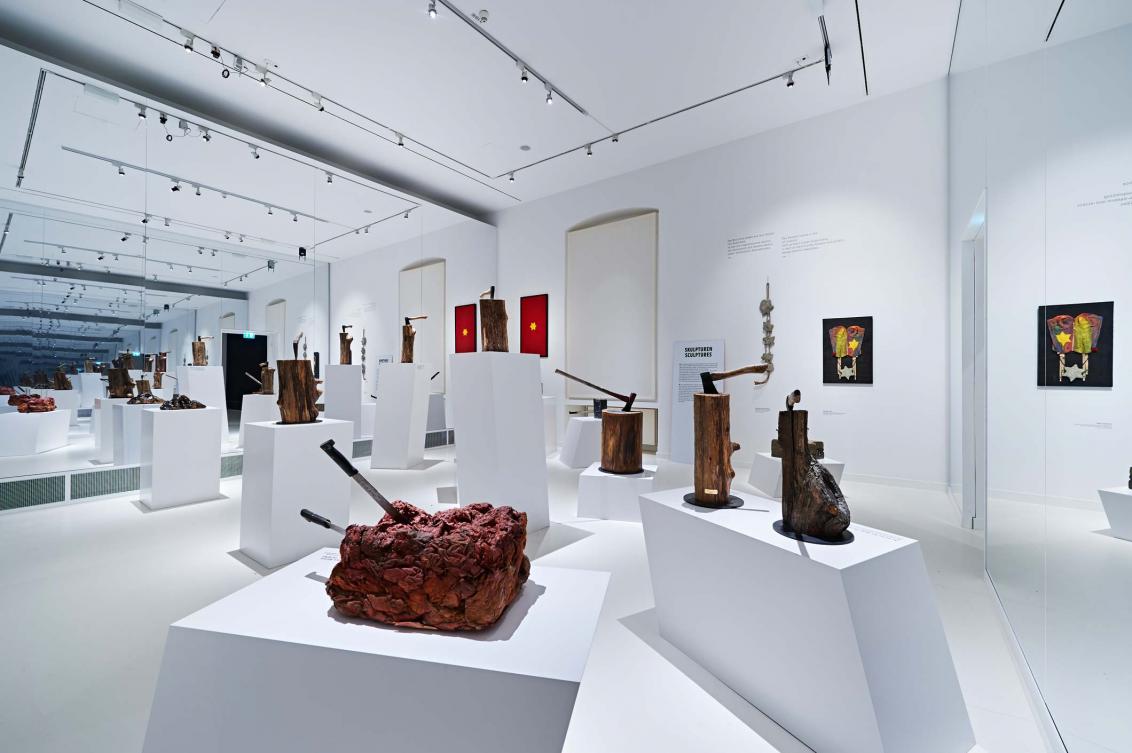
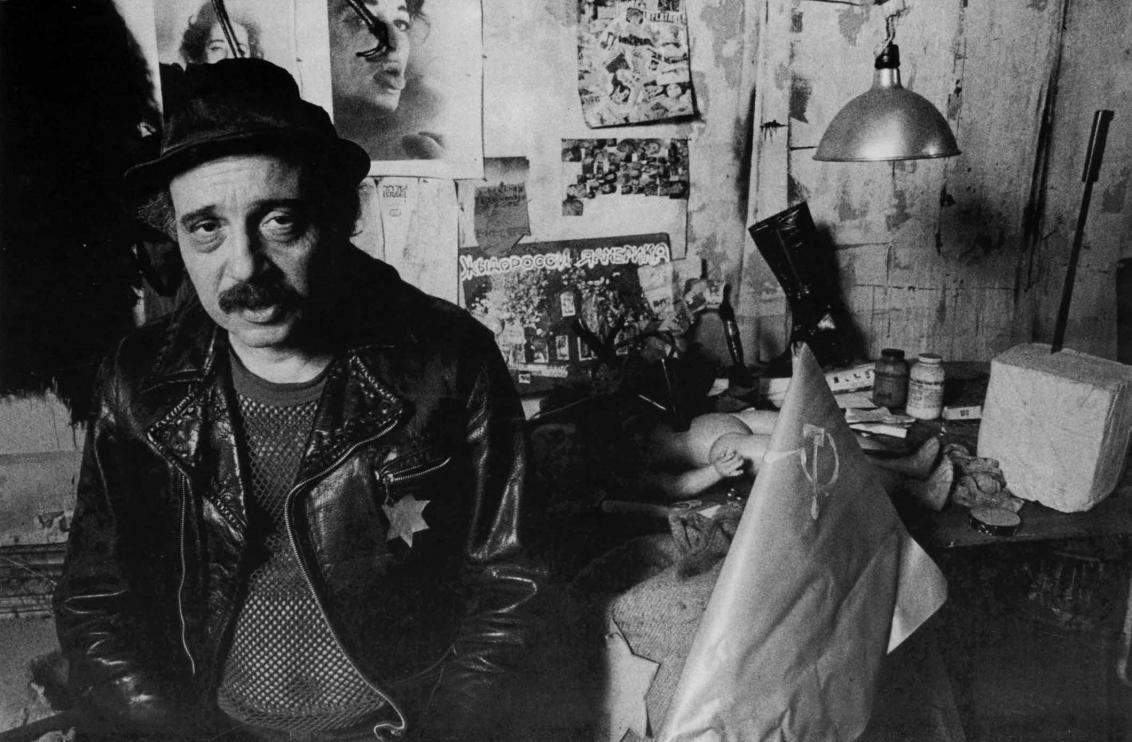
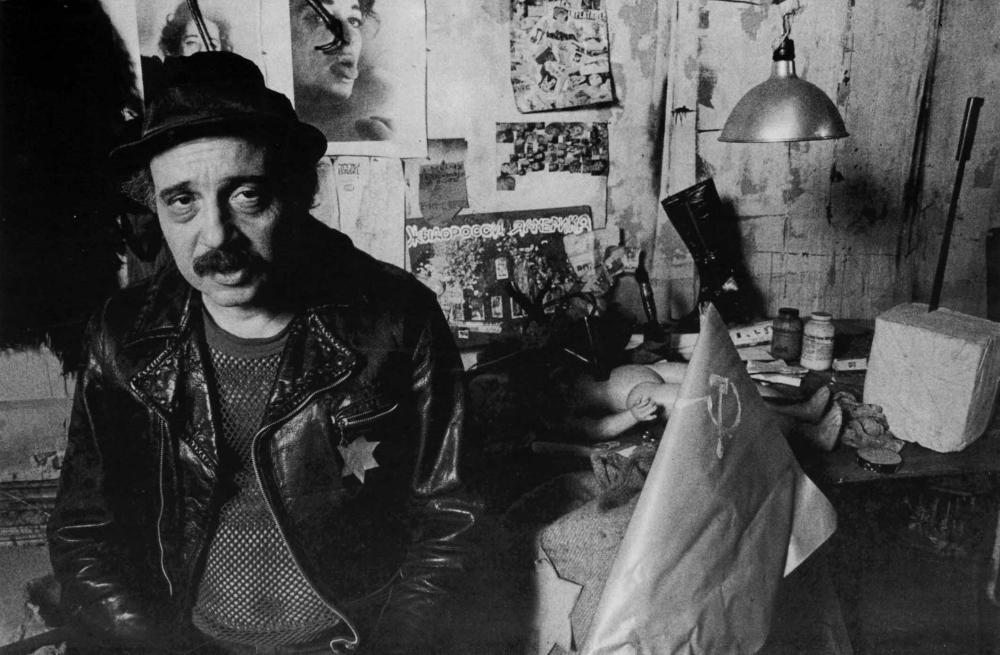
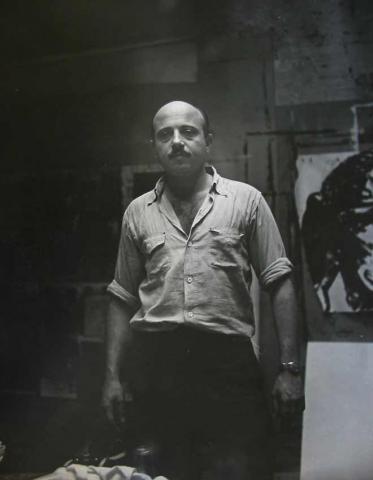
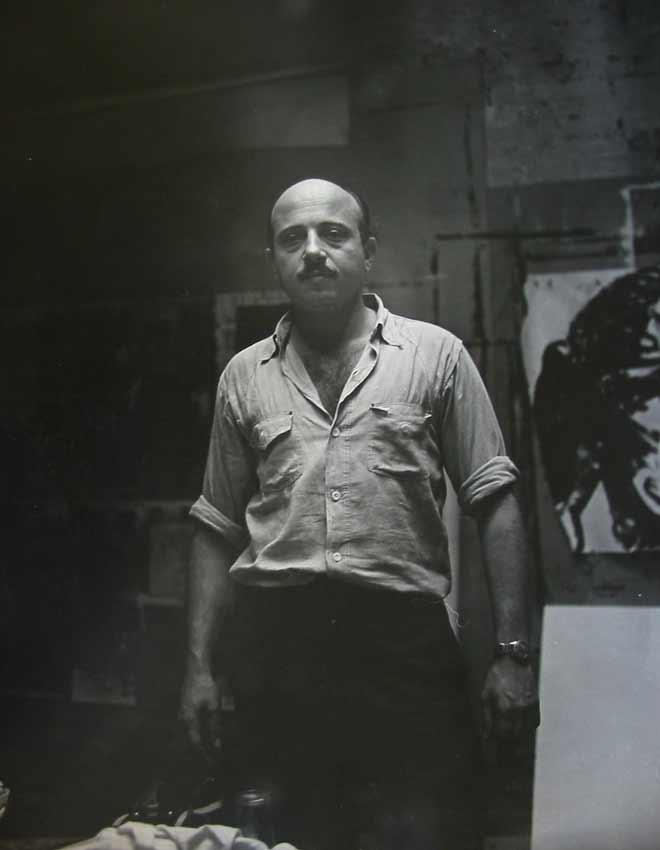 X
X
